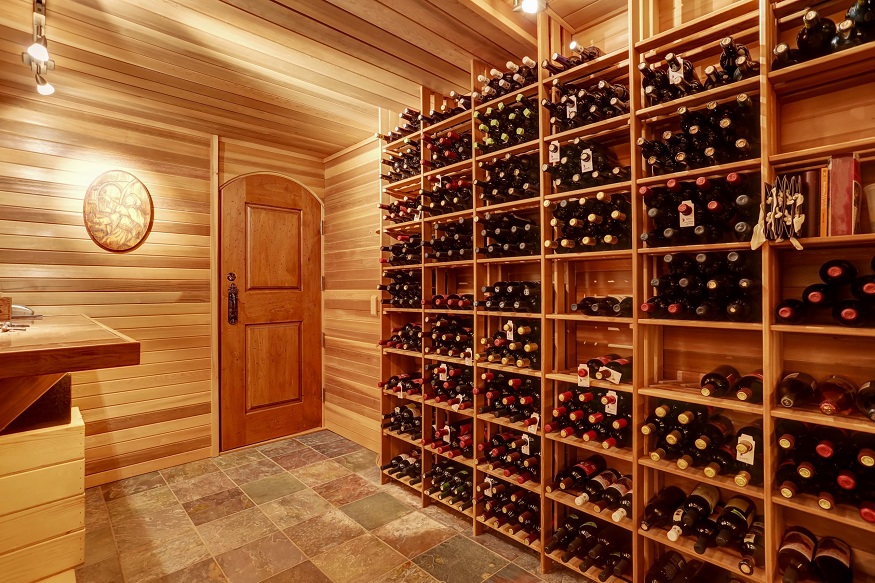How Wood Cellars Impart Unique Character to Your Collection: A Timeless Embrace
3 min read
In the pursuit of preserving and enhancing a cherished collection – be it fine wines, aged cigars, artisanal cheeses, or even certain high-value perishables – the choice of storage environment is paramount. While modern technology offers climate-controlled precision, there remains a deep-seated reverence for the traditional wood wine cellars. This isn’t merely an aesthetic preference; it’s recognition of how wood, as a living material, subtly yet profoundly interacts with its contents, imparting a unique character that synthetic environments simply cannot replicate. A wood cellar, in essence, becomes an active participant in the aging process, weaving a tapestry of time, aroma, and nuanced influence into every item it cradles.
The allure of the wood cellar lies in its organic nature, its ability to breathe, and the subtle exchange that occurs between the wood and the collection it houses. This interaction is complex and multifaceted, contributing to distinct qualities that are highly prized by connoisseurs and collectors alike.
The Breath of the Wood: Controlled Micro-Oxygenation
Wood is naturally permeable, unlike hermetic, sterile conditions.This is especially true for cedar and oak. This porosity allows for a minute, almost imperceptible exchange of air between the inside and outside of the cellar. This phenomenon, known as micro-oxygenation, is crucial for the graceful aging of many collections, especially wine.
Wine needs to be exposed to air in a controlled way.Too much, and the wine oxidizes, losing its freshness and developing off-flavors. Too little, and it can become reductive, developing unpleasant sulfurous notes. A well-constructed wood cellar, through its natural permeability, provides precisely the right amount of micro-oxygenation.This continuous, regular flow of oxygen helps:
- Soften Tannins: In red wines, oxygen helps polymerize tannins, making them feel smoother and less astringent on the palate.
- Develop Complex Aromas: Oxygen facilitates the evolution of aromatic compounds, transforming primary fruit notes into more complex tertiary aromas like leather, tobacco, forest floor, and dried fruit.
This “breathing” quality of wood ensures that the collection matures gracefully, developing complexity and depth that would be impossible in an entirely sealed, inert environment.
Humidity Regulation: A Natural Balancing Act
Maintaining consistent humidity is paramount for many collections, especially wine and cigars.Too dry, and corks can shrink, leading to oxidation; too humid, and mold can become an issue.While modern humidifiers and dehumidifiers offer precise control, wood possesses a natural ability to buffer humidity fluctuations.
Wood is hygroscopic, meaning it absorbs and releases moisture from the air. In a cellar environment, the wood itself acts as a natural humidifier and dehumidifier, absorbing excess humidity when levels are high and releasing moisture when the air becomes too dry. This passive, natural regulation helps to stabilize the microclimate within the cellar, providing a more consistent and forgiving environment for delicate items. This inherent buffering capacity makes wood cellars particularly resilient to minor external environmental shifts, offering a level of natural stability that is difficult to achieve with purely mechanical systems.
Conclusion: A Legacy of Character and Connection
A wood cellar is far more than just a storage unit; it is a living entity that actively participates in the evolution of your collection. Through its controlled micro-oxygenation, aromatic contributions, natural humidity buffering, and thermal stability, wood imparts a unique character that synthetics cannot replicate.






